 Marine Nationale, Protected cruiser, 1889-1907
Marine Nationale, Protected cruiser, 1889-1907WW1 French Cruisers
Sfax | Tage | Amiral Cecille | D'Iberville class | Dunois class | Foudre | Davout | Suchet | Forbin class | Troude class | Alger class | Friant class | Linois class | Descartes class | D'Assas class | D’Entrecasteaux | Protet class | Guichen | Chateaurenault | Chateaurenault | D'Estrées class | Jurien de la Graviere | Lamotte-Picquet classDupuy de Lome | Amiral Charner class | Pothuau | Jeanne d'Arc | Gueydon class | Dupleix class | Gloire class | Gambetta class | Jules Michelet | Ernest Renan | Edgar Quinet class
Tage was a protected cruiser, second one of the type entering service with the Marine Nationale. Her design was based on the previous Sfax, and like her, she had a dual role of commerce raider in wartime and station cruiser in colonies. To travel ling distances she had a barque sailing in addition to her steam engines and was armed with a main battery of eight 164 mm (6.5 in) guns while being protected by a turtleback armoured deck curved armor deck from 51 to 56 mm (2 to 2.2 in). After seeing service in the 1890s with the Mediterranean Squadron and Reserve Squadron activated for annual training, she was modernized in 1900 (new boilers, no rig, modernized armament) finding her in the Newfoundland and Iceland Naval Division, the Atlantic Squadron before her retirement in the 1900s. She was stricken in 1907.
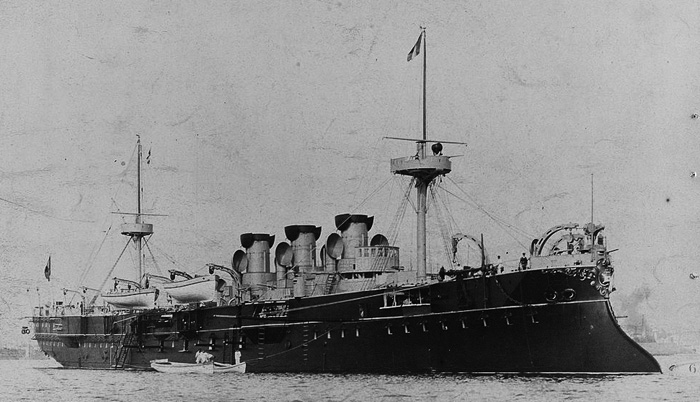
Design of the class
Design Development
In 1878, the French Navy started a new program of cruiser construction, authorized by the “Conseil des Travaux” (Council of Works). The strategy of the time, so soon after the 1870 defeat and drastic budget reduction of the Marine Nationale, these new cruisers were aimed at attacking British or German merchant shipping in wartime. The ideal ships for thos were estimated around 3,000 long tons (3,048 t), 16 knots (30 km/h; 18 mph) and full rigged for long crossings. The first four were wooden-hulled unprotected cruisers. However a new tendency emered at the time of protected cruisers, so the fifth vessel was radically re-designed and became the first modern protected cruiser of the French fleet, Sfax.
In 1883, Bertin proposed a follow-on of his “Sfax” with an increase in steam power to reach this time 18 knots (33 km/h; 21 mph). The Conseil approved the specifications on 10 July. Bertin continued tweaking the design notably as the council ased for an extra knot to keep pace with current developments of fast liner steam ships. A meeting on 20 May 1884 had the Council also suggested removing Bertin’s trademark cellular layer of watertight compartments, above the armor deck, to save weight. Bertin submitted three variations of the new cruiser design by mid-1885, but the council rejected these on 9 June.
In-house (Navy) naval architect Charles Jaÿ meanwhile was working on his own proposal top meet these new requirements. He completed these on 18 December 1884.
The proposal was even more radical with a top speed of 19-20 knots (35 to 37 km/h; 22 to 23 mph) with a new propulsion system base don intel after the trials of the new British cruiser HMS Iris which topped 18.6 knots (34.4 km/h; 21.4 mph). The cellular layer was replaced here by a lighter cofferdam above the armor deck, just to control flooding. The then Minister of the Navy Vice Admiral Alexandre Peyron forwarded his design to the Coucil, submitted on 19 January 1885. Evaluated in a meeting on 24 February, the Conseil requested more modifications, such as and identical armament as Sfax and still improved armor protection. Jaÿ completed these on 15 April, approved on 26 May. The new ship, with the proposed name of “Tage” was proposed in parliament and received funding to start construction. The name was after the “Tagus/Tajo”, the Portuguese main river. She was second of the name after a 1847 100-gun ships of the Hercules class.
Hull and general design
Tage was 124.1 m (407 ft) long overall and 119.94 m (393.5 ft) at the waterline, 118.8 m (390 ft) between perpendiculars.
The extra lenght was due to her bowsprint but her proncounced ram was a definitive feature. Her maximum beam of 16.38 m (53 ft 9 in) below the waterline and with an average draft of 6.95 m (22 ft 10 in), then 7.5 m (25 ft) aft. Displacement was 7,073.65 t (6,961.93 long tons) as designed, 7,600 t (7,500 long tons) at full load so she was larger than Sfax in all respects.
Her distinctive ram bow, short fore and sterncastles and clipper style poop were similar to Sfax. She also had a pronounced tumblehome shape according to the beliefs in stability of the time. Her hull was constructed mainly of steel, with a keel and sternpost in iron, which was softer. Her superstructure was minimalistic again: Just a small conning tower forward. Unlike Sfax however she looked more elongated, graceful and had three equal funnels, with the bridge relocated from between funnels to forward of the forefunnel (but still behind the foremast), improving command and control. Her crew amounted to 511 officers and ratings and nearly half worked in the engine and boiler rooms.
Full Orignal Plans
Powerplant
Tage had two shaft ending with four-bladed, bronze screw propellers, driven by two horizontal, three-cylinder triple-expansion steam engines. These engines comprised two high-pressure cylinders and a low pressure cylinder that could could be disconnected and enable these to run as a two-cylinder compound engine. Steam came from twelve coal-burning fire-tube boilers. They were ducted into same size and height funnels amidships. These boilers were divided into three groups of four separated by watertight bulkheads. Tage was also originally fitted with a barque sailing rig, with three masts, enabling to spare coal.
The power plant was rated for 12,410 indicated horsepower (9,250 kW). Top speed was 19 knots (35 km/h; 22 mph). On steam trials she was capable of 17.8 knots (33.0 km/h; 20.5 mph) based on 8,115 ihp (6,051 kW) on normal draft, 19.2 knots (35.6 km/h; 22.1 mph) based on 12,110 ihp (9,030 kW) on forced draft, which was judged excellent compared to Bertin’s Sfax only capable of 16 knots. These engines ran at 97 revolutions per minute, but vibrated excessively above 90 rpm.
In 1893, there was a limitation built in to maximum 87 rpm but top speed fell accordingly. Coal storage was originally up to 856 t (842 long tons) in normal load but in wartime or at full load, up to 1,023 t (1,007 long tons). On steam alone she could reach 4,642 nautical miles (8,597 km; 5,342 mi) at 12 knots (22 km/h; 14 mph). It was unlimited on sail alone, but in that case her bulky hull and ram was not helping. She was probably capable of 10-12 knots at best. The rigging was also quickly eliminated and later her silhouette changed for two military masts.
Protection
Tage had a wrought iron armor deck, 40 mm (1.6 in) on its flat section, and on the sides, sloping down and increased to 80 mm (3.1 in), when covered the propulsion machinery spaces, and ammunition magazines. Forward and aft it sloped down to 44 mm (1.7 in) and ended 1.30 m (4 ft 3 in) below the waterline. Both sections of the deck were layered over 14 mm (0.55 in) of hull plating. Her bow was reinforced above the deck with a 30 mm (1.2 in) thick plating layered on 14 mm of hull plating. But there was no extra reinforcement in case of ramming, so damage to the bow was expected, all in the name of saving weight. The main deck battery had transverse bulkheads received 80 mm of plating on both either end, clsoing the citadel. Her conning was protected by 80 mm concentric walls. Between the armor and main decks Architect Jay cofferdam was erected at sides of the ship, which was lined with cellulose to contain flooding in the event of damage.
Armament
The ship was design to carry the same armament as Sfax, so six 164.7 mm (6.48 in) M1881 28-cal. guns in individual pivot mounts, supported by a secondary battery of ten 138.6 mm (5.46 in) M1881 30 cal. guns in the main deck battery amidships. All were in individual mounts. The close in defence comprised 18 ligh Hotchkiss guns of various calibers from 47 to 37 mm. This was rounded up by seven 356 mm (14 in) torpedo tubes above the waterline (two in the bow, two on each broadside, last axial in the stern like Sfax).
Main battery:
Tage’s six 164.7 mm (6.48 in) M1881 Canet 28-caliber were placed on single pivot mounts. Four of these were mounted in sponsons on the upper deck, two on each broadside, while the other two were placed in embrasures in the forecastle exactly like on Sfax. There is no data on these models. Navweaps database starts with the M1891.
Secondary battery: Ten 138.6 mm (5.46 in) M1881, 30-caliber guns, at the main deck battery amidships. Also, no data one these.
Anti-torpedo boat battery: She sported at close-range three 47 mm (1.9 in) M1885 3-pounder Hotchkiss guns and a single 47 mm Hotchkiss revolver cannon plus fourteen 37 mm (1.5 in) 1-pounder Hotchkiss revolvers provided a sizeable defence against incoming torpedo boats.
Torpedoes:
She carried five 356 mm (14 in) torpedo tubes above waterline: Two forward, two broadside, one in the stern.
Undercarriage guns: She also had two extra 65 mm (2.6 in) M1881 field guns to be used for a landing party.
Modernization
During initial trials in 1889 already the Navy decided to increase her armament. First off, two extra 164.7 mm guns were added on small sponsons amidships, but delays in delivery had them fitted only in 1892. She just now entered a new refit from August 1892, which lasted into April 1893, with the following points of alteration:
-Eight New QF 164.7 mm M1884 30-cal. guns
-Eight 138.6 mm M1884 30-cal. guns.
-Sailing rig was removed, two remaining masts shortened, mizzenmast was relocated further forward.
-Engines limited to 87 rpm (vibration problem).
In 1897, bow and stern torpedo tubes were removed
A second major refit took place between 1899 and 1901 with the following:
-Installation of new modern Bellville WT boilers
-Revisions to light guns: Fourteen 47 mm M1885 QF guns, Two 37 mm (1.5 in) M1885 QF guns.
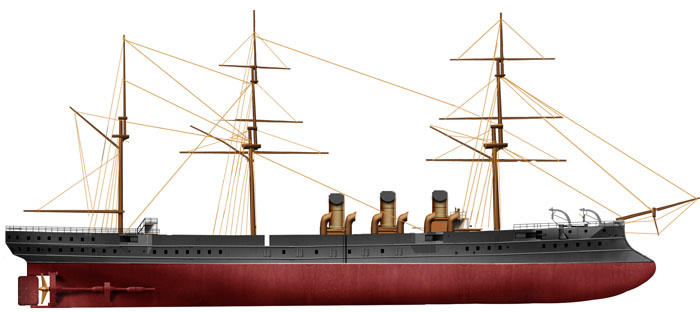
⚙ Tage specifications |
|
| Displacement | 7,469 long tons (7,589 t) |
| Dimensions | 118.87 x 16.3 x 7.67 m (390 x 53 ft 6 in x 25 ft 2 in) |
| Propulsion | 2 shafts VTE, 12 × fire-tube boilers: 12,500 ihp (9,300 kW) |
| Speed | 19.2 knots (35.6 km/h; 22.1 mph) |
| Range | 4,642 nm (8,597 km; 5,342 mi) at 12 knots |
| Armament | 6× 164.7 m, 10 × 138.6 mm, 3 × 47 mm, 1 × 47 mm, 14 × 37 mm, 7 × 356 mm TTs |
| Protection | Deck: 40 to 80 mm, CT 80 mm |
| Crew | 538 |
Career of Tage

Note: Only creative commons photo known.
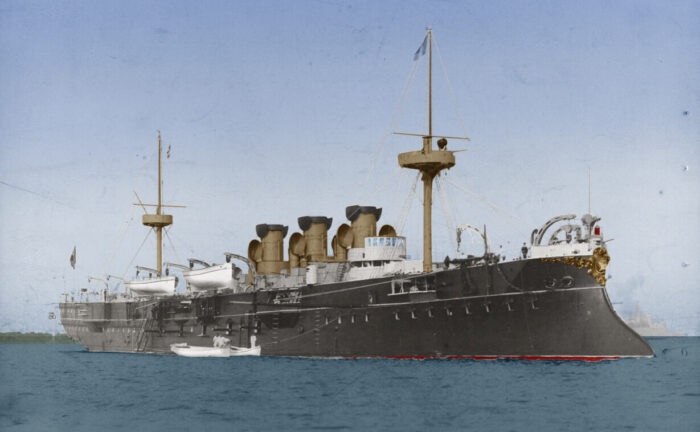
The same colored by the author.
Tage was ordered on 3 August 1885, laid down later that month at the Ateliers et Chantiers de la Loire shipyard, launched on 28 October 1886 and fitting out started with the installation of her engines from 11 July 1887 to 12 July 1888. She was towed to the Arsenal de Brest before commission for sea trials, starting on 1 March 1889, until 20 October 1890 with fixes in between, and she was in full commission more than a year and half after her initial commission.
On the 23th she left the Atlantic for Toulon, the main French battle fleet, joining the Mediterranean Squadron. She was planed, due to her speed, in the reconnaissance force for the main French battle fleet. She operated with cruisers Sfax, Amiral Cécille and Lalande all recent protected cruisers. She took part in the 1891 fleet maneuvers from 23 June to 11 July. In August 1892 she had a first refit at Toulon, until April 1893. Next, she was assigned to the Reserve Squadron, six months inactive, laid up with a reduced crew, six in full crews for maneuvers. She was part of a unit comprising also several older ironclads and the cruisers Davout, Sfax, Forbin, and Condor.
Tage took part in the fleet maneuvers in 1894 seeing her from 9 to 16 July taking supplies in Toulon and starting exercises lige live fire and a blockade simulation with blue and reds, shiting positions, and scouting as well as show the flag cruises in the western Mediterranean, until 3 August. Tage was reactivated again in 1895, joining the recent cruiser Suchet and the three Troude-class cruisers for fleet maneuvers that year ongoing from 1 to 27 July. As part of “Fleet A” and “Fleet B” she was part of the defending fleet against a mock Italian fleet, the hostile “Fleet C”.
In 1896, still in the Reserve Squadron she underwent a long refit, but was versed afterwards to the 2nd category reserve, with old coastal defense ironcads and cruisers. She was maintained still in a rapid reactivation mode to be mobilized in wartime. In 1897, she was reactivated for the second phase of Northern Squadron esercices, coming back north since 9 years for 18-21 exercises, in which Tage and Sfax impersonated a a hostile fleet from the Mediterranean Sea to attack the Atlantic coast, dealt with by the Northern Squadron with ease.
Tage returned to Toulon for a short time and returned north, as was refitted between September 1899 and April 1901, in Brest. She remained there, but not formally attached to the Northern Squadron. Instead in 1902, she was sent as station cruiser, at the Newfoundland and Iceland Naval Division, joinin g equally old cruisers D’Estrées, Suchet, and Descartes. Her main role was to patrolg fishing areas off North America, and remained here in 1902, joined by Lavoisier.In 1903, she was transferre, this time formally, to the “Atlantic Squadron” an amalgamation of other station fleets, with the Northern Squadron. Her own unit comprised Tage, Troude, and D’Estrées.
By late 1903 she was relieved by the more recent armored cruiser Dupleix, returned to Brest, to be paid off, placed in the 2nd category reserve. On 20 October she was transferred to the “special reserve”. In 1904, she was sent to Landévennec with Sfax to await her fate, stripped down. She was stricken from the naval register on 7 June 1907, kept at the same area near Brest until 1909. She was put on sale on 3 December, sold on 25 August 1910 to Shipbreaking Co., of London, and towed there for BU.
Read More/Src
Books
Barry, E. B. (1895). “The Naval Manoeuvres of 1894”. Philadelphia: L. R. Hamersly & Co
Brassey, Thomas, ed. (1886). “Sfax”. The Naval Annual. Portsmouth: J. Griffin & Co.: 239.
Campbell, N. J. M. (1979). “France”. In Gardiner, Robert (ed.). Conway’s All the World’s Fighting Ships 1860–1905.
Gleig, Charles (1896). Brassey, Thomas A. (ed.). “Chapter XII: French Naval Manoeuvres”. Naval Annual. J. Griffin & Co.
Jordan, John & Caresse, Philippe (2017). French Battleships of World War One. NIP
Lansdale, Philip V. & Everhart, Lay H. (July 1896). “Notes on Ordnance and Armor”. ONI.
“Naval Notes: France”. Journal of the Royal United Service Institution. XLII (247). J. J. Keliher & Co.
“Notes on Ships and Torpedo Boats”. Notes on Naval Progress, January 1898. Government Printing Office.
Roberts, Stephen (2021). French Warships in the Age of Steam 1859–1914. Barnsley: Seaforth..
Ropp, Theodore (1987). Roberts, Stephen S. (ed.). The Development of a Modern Navy: French Naval Policy, 1871–1904. NIP
Thursfield, J. R. (1898). Brassey, Thomas A. (ed.). “II: French Naval Manoeuvres”. Naval Annual. J. Griffin & Co.
Links
on navypedia.org/
3dhistory.de/ plans cruiser Tage
on laststandonzombieisland.com
on battleships-cruisers.co.uk/
https://www.navtechlife.com/Naval%20Balloons%20and%20Airships.htm
https://www.worldnavalships.com/cruisers3.htm
on wikiwand.com List protected cruisers France
on history.navy.mil/
on en.wikipedia.org/
Model Kits
None, want one ? Contact me.
http://www.modelshipgallery.com/gallery/misc/sail/Tage-1250-adb/pages/TAGE-1.htm


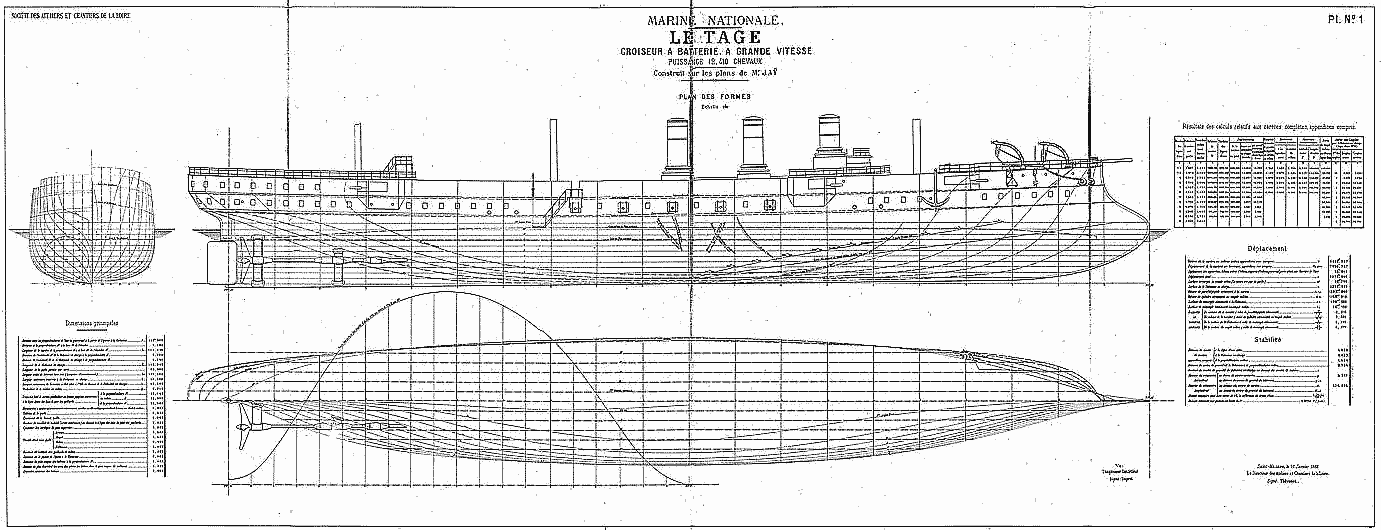
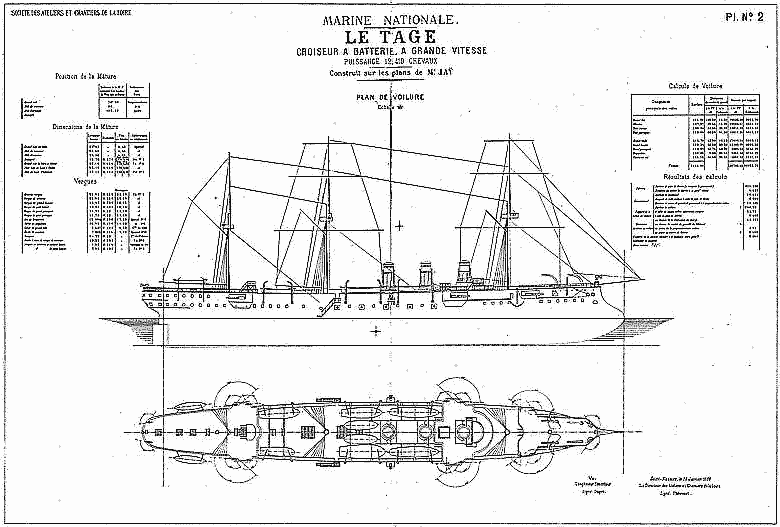
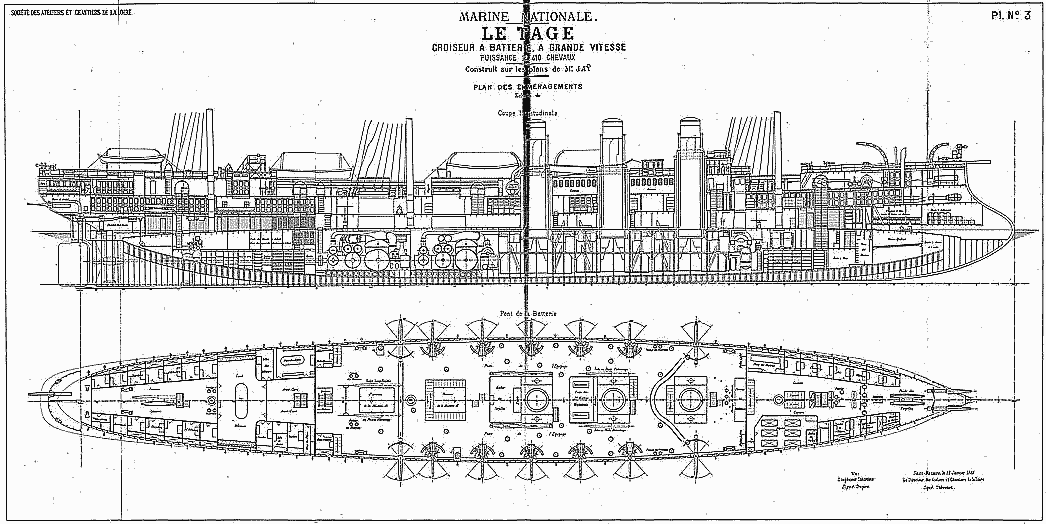
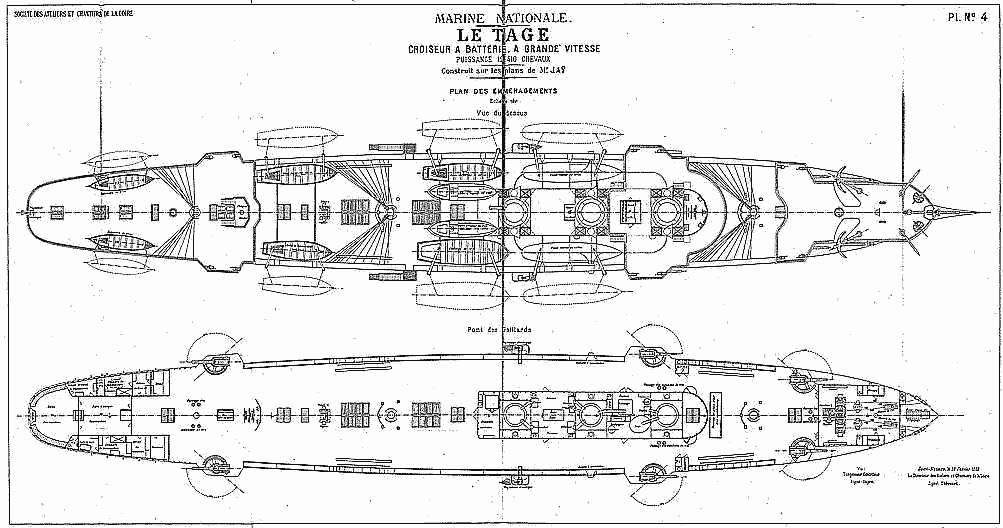
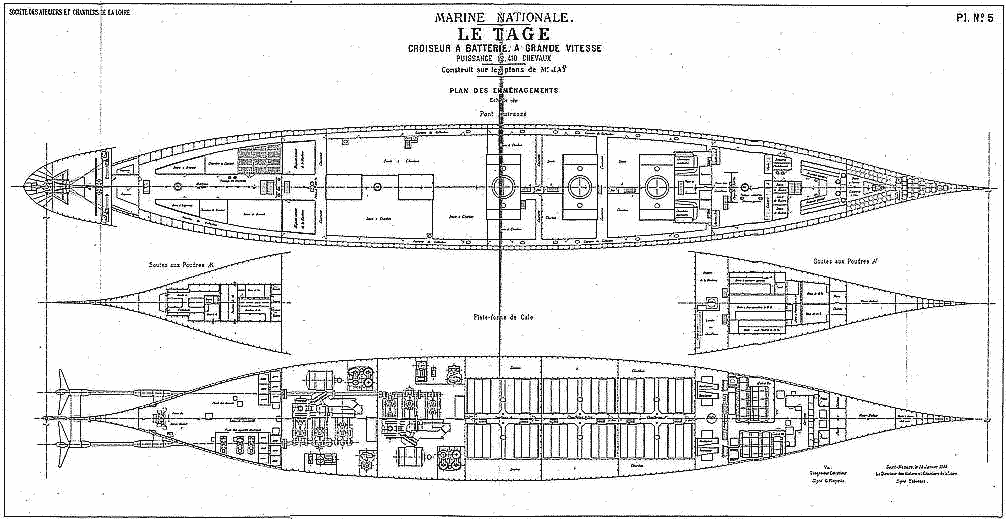
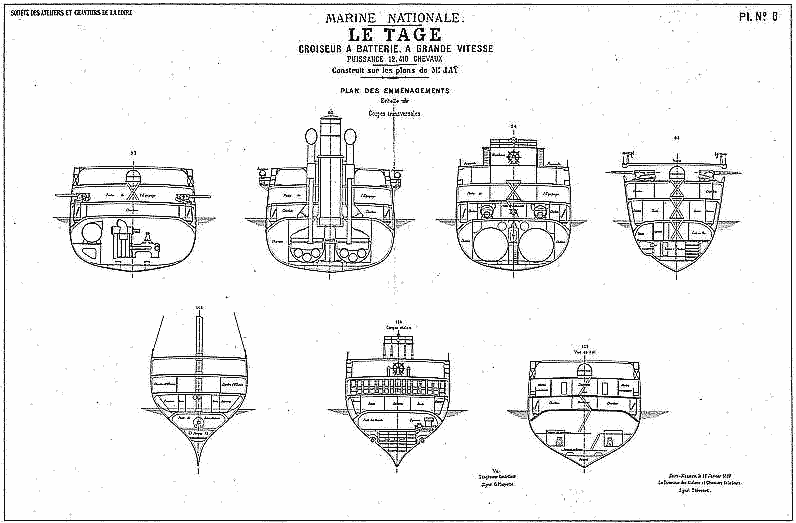
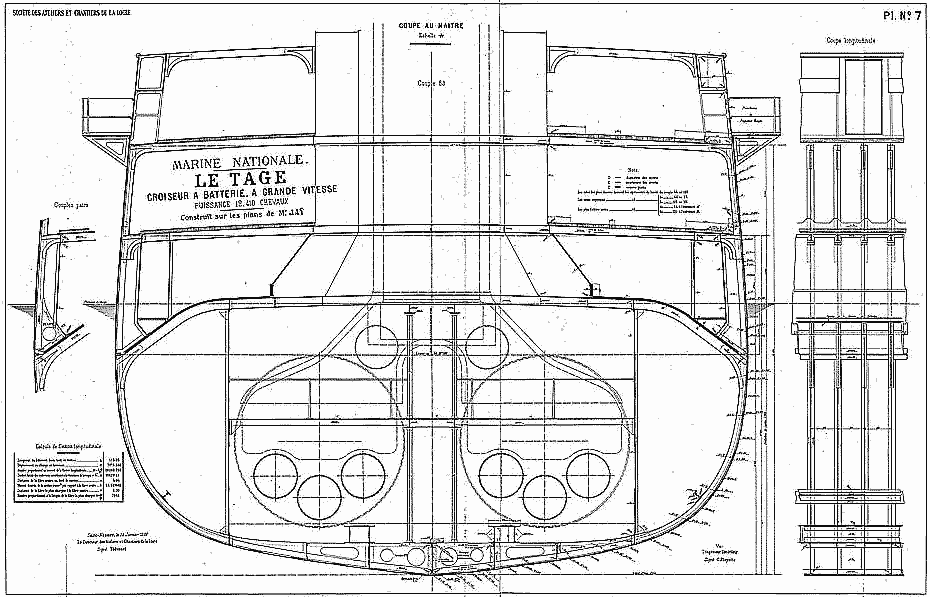
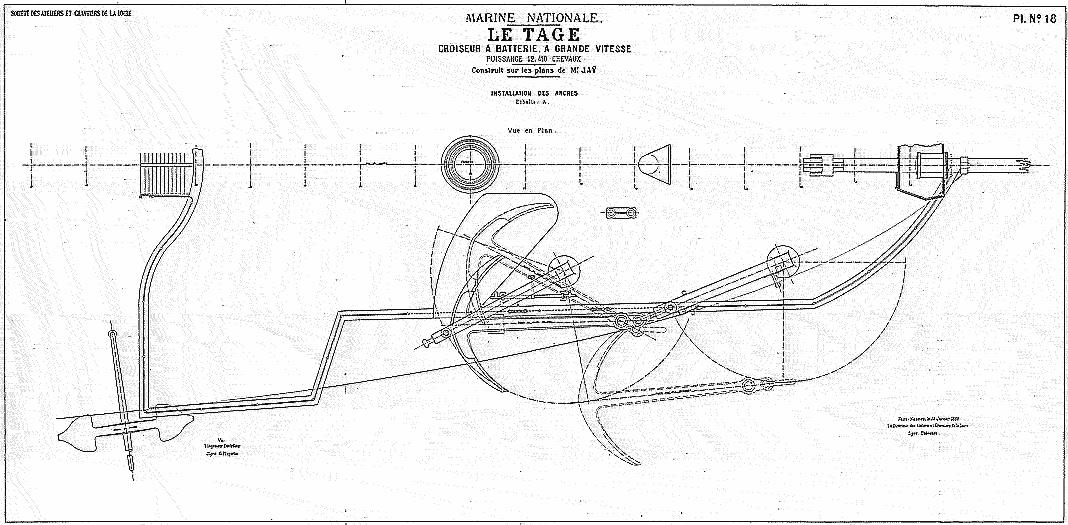
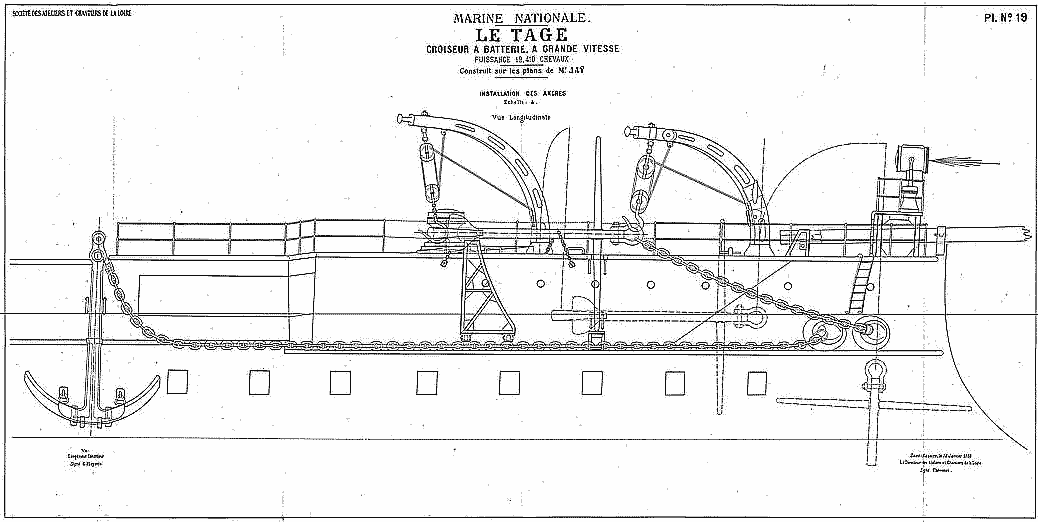

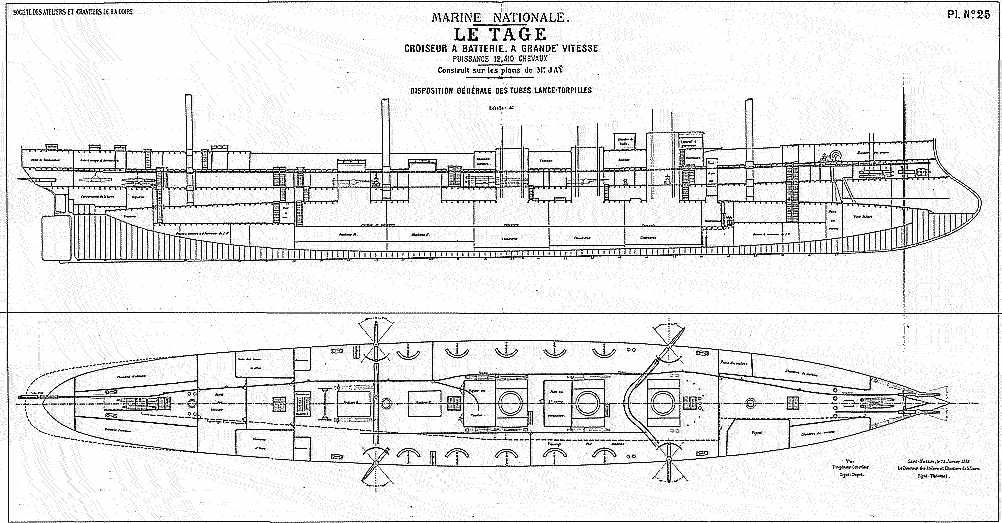
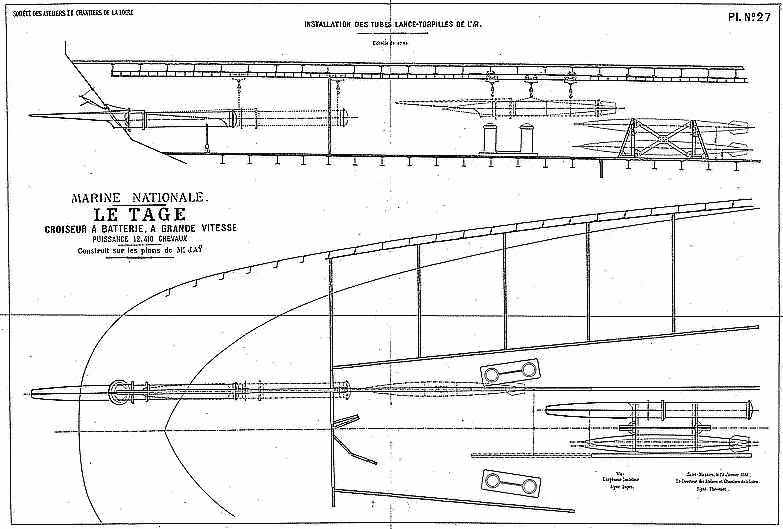
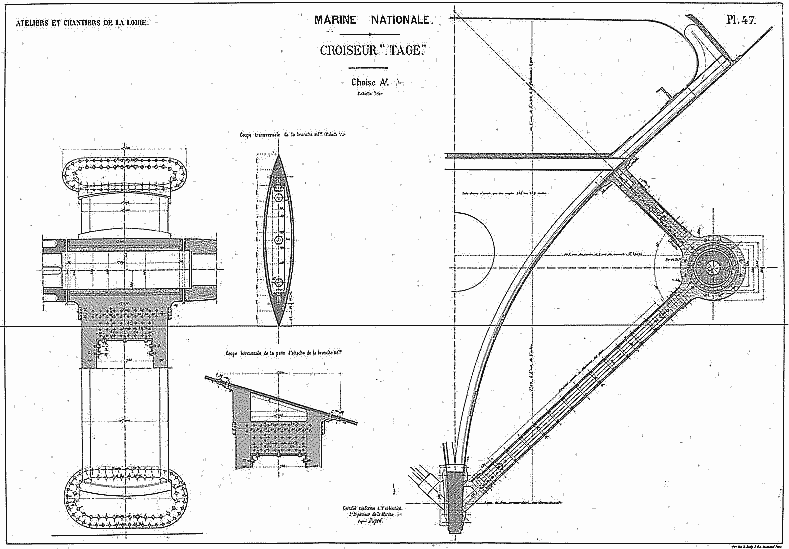
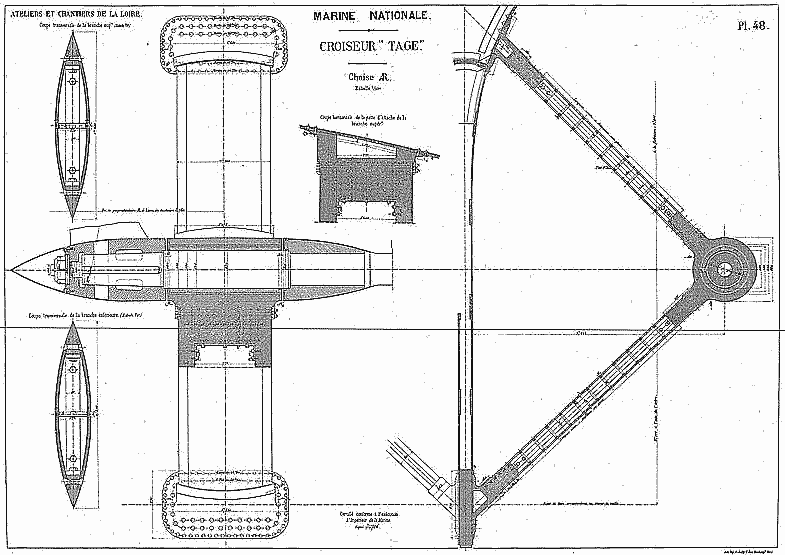


 Latest Facebook Entry -
Latest Facebook Entry -  X(Tweeter) Naval Encyclopedia's deck archive
X(Tweeter) Naval Encyclopedia's deck archive Instagram (@navalencyc)
Instagram (@navalencyc)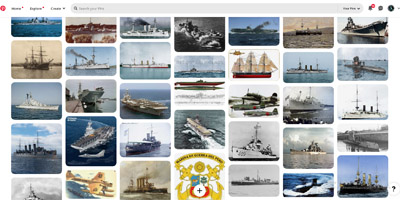


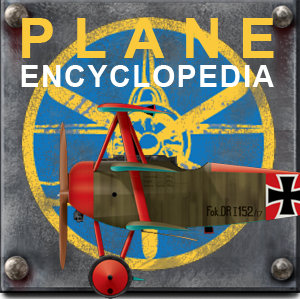
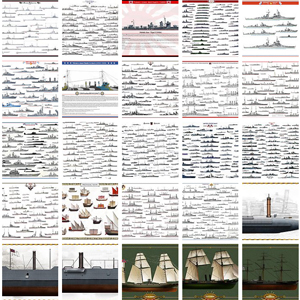

 French Navy
French Navy Royal Navy
Royal Navy Russian Navy
Russian Navy Armada Espanola
Armada Espanola Austrian Navy
Austrian Navy K.u.K. Kriegsmarine
K.u.K. Kriegsmarine Dansk Marine
Dansk Marine Nautiko Hellenon
Nautiko Hellenon Koninklije Marine 1870
Koninklije Marine 1870 Marinha do Brasil
Marinha do Brasil Osmanlı Donanması
Osmanlı Donanması Marina Do Peru
Marina Do Peru Marinha do Portugal
Marinha do Portugal Regia Marina 1870
Regia Marina 1870 Nihhon Kaigun 1870
Nihhon Kaigun 1870 Preußische Marine 1870
Preußische Marine 1870 Russkiy Flot 1870
Russkiy Flot 1870 Svenska marinen
Svenska marinen Søværnet
Søværnet Union Navy
Union Navy Confederate Navy
Confederate Navy Armada de Argentina
Armada de Argentina Imperial Chinese Navy
Imperial Chinese Navy Marinha do Portugal
Marinha do Portugal Mexico
Mexico Kaiserliche Marine
Kaiserliche Marine 1898 US Navy
1898 US Navy Sovietskiy Flot
Sovietskiy Flot Royal Canadian Navy
Royal Canadian Navy Royal Australian Navy
Royal Australian Navy RNZN Fleet
RNZN Fleet Chinese Navy 1937
Chinese Navy 1937 Kriegsmarine
Kriegsmarine Chilean Navy
Chilean Navy Danish Navy
Danish Navy Finnish Navy
Finnish Navy Hellenic Navy
Hellenic Navy Polish Navy
Polish Navy Romanian Navy
Romanian Navy Turkish Navy
Turkish Navy Royal Yugoslav Navy
Royal Yugoslav Navy Royal Thai Navy
Royal Thai Navy Minor Navies
Minor Navies Albania
Albania Austria
Austria Belgium
Belgium Columbia
Columbia Costa Rica
Costa Rica Cuba
Cuba Czechoslovakia
Czechoslovakia Dominican Republic
Dominican Republic Haiti
Haiti Hungary
Hungary Honduras
Honduras Estonia
Estonia Iceland
Iceland Eire
Eire Equador
Equador Iran
Iran Iraq
Iraq Latvia
Latvia Liberia
Liberia Lithuania
Lithuania Mandchukuo
Mandchukuo Morocco
Morocco Nicaragua
Nicaragua Persia
Persia San Salvador
San Salvador Sarawak
Sarawak Uruguay
Uruguay Venezuela
Venezuela Zanzibar
Zanzibar Warsaw Pact Navies
Warsaw Pact Navies Bulgaria
Bulgaria Hungary
Hungary

 Bundesmarine
Bundesmarine Dutch Navy
Dutch Navy Hellenic Navy
Hellenic Navy Marina Militare
Marina Militare Yugoslav Navy
Yugoslav Navy Chinese Navy
Chinese Navy Indian Navy
Indian Navy Indonesian Navy
Indonesian Navy JMSDF
JMSDF North Korean Navy
North Korean Navy Pakistani Navy
Pakistani Navy Philippines Navy
Philippines Navy ROKN
ROKN Rep. of Singapore Navy
Rep. of Singapore Navy Taiwanese Navy
Taiwanese Navy IDF Navy
IDF Navy Saudi Navy
Saudi Navy Royal New Zealand Navy
Royal New Zealand Navy Egyptian Navy
Egyptian Navy South African Navy
South African Navy






























 Ukrainian Navy
Ukrainian Navy dbodesign
dbodesign